Read the Notice of Funding Opportunity (NOFO) for renewal and extension of the government grant. There are three types of government grants, and not all of them can be extended. Non-competitive continuation grants are renewed automatically when the project meets the guidelines and achieves the goal. Competing continuation grants require submitting a proposal and documents again to the funder. No-cost extension grants only extend the duration of the project for the grantee. They do not provide any extra funds from the funder. Make sure to review the grant’s guidelines and what are the requirements for submitting an extension or renewal request.
Submit all the documents required to get an extension. Conduct an internal audit to check the red flags before submitting the request. Start the process three to four months before the previous government grant ends.
Why Do You Consider Renewing or Extending a Grant?
Here are the five common reasons for renewing and extending a grant:
- Continue Project Impact: Renew and extend a grant to ensure that the project stays on the same momentum. Businesses ask for renewal until they sustain themselves, and it helps them to build a reputation. This strategy is crucial for those businesses that want to test a project. Renewal works for them if the project is successful.
- Avoid Funding Gaps: Government grants are offered for specific projects. Renewal option helps companies to avoid the funding gaps in that project. These extra funds can be used to clear invoices, buy machinery, materials, and cover administrative tasks, depending on the agreement.
- Build on Previous Success: Renewing grants is a strategic approach for businesses. They ask for extensions based on the success of previous projects.
- Retain Skilled Staff: Lack of funds and a tight budget affect the scope and potential of businesses. Renewing grants helps them to retain skilled staff and hire more talent for the desired outcomes. Make sure to write down the reason for renewal and read the agreement before using the funding on an administrative task. Don’t clear invoices with money that is granted only for the project.
- Strengthen Stakeholder Relationships: Extension request leaves a positive impact on stakeholders’ relationships. It shows that their investment and time are valued. It builds their trust and reputation of the company in the market.
When Do You Start the Renewal or Extension Process?
Here are five steps to start the renewal or extension process:
- Check the Grant Timeline Early: Keep a check on the grant timeline to see when it’s going to end. Review the original grant documents to see what the criteria are for renewal. Conduct a meeting with stakeholders to get ideas and evaluate the project performance.
- Review Reporting Deadlines: Review the reporting documents as they have to be submitted before starting the renewal process. Keep an eye on deadlines for financial reports (Annual Federal Financial Report/FFR) and progress reports to avoid being late.
- Allow Time for Approvals: Don’t be impatient, as renewal and extension phases take time. Internal review involves the grants office, the financial department, or the board of directors. The application passes all these boards and then the agency’s review to get approved. Agency review takes longer time than internal review. No-cost extension is faster than funding renewals, as there is no extra funding involved in these grants.
- Start 3–6 Months Before Expiry: Start three to six months before the deadline of the project or agreement. This time works best for competitive renewal to collect the progress documents. People who need a no-cost extension have to submit the documents at least 90 days before the deadline to the funder.
- Monitor Agency Announcements: Schedule a meeting with the funding office to clear the scenario and request renewal. Make sure to check for the changes in the renewal policy at the official website.
What Are the Eligibility Requirements for Renewal?
Here are the five eligibility requirements for the renewal:
- Compliance Record: A positive compliance history leads to successful renewal. Ensure compliance with all rules and regulations of the agreement. Avoid misusing the grant money or overspending. Contact the funding office for the delays in audits and reporting to avoid legal penalties.
- Performance Targets Met: This is the most important step in renewing the grants. Make sure to meet the project goals and make a profit from the project before submitting the request. Funding organizations don’t fund the projects that make nothing, even with the first grant. Attach documents of expenditure and budget to ask for new funds.
- Updated Project Needs: Submit a detailed request and clarify why the project needs extension. Discuss the issues when asking for extra time, like delays, limited staff, or a complex project. Justify and give valid reasons to the funding organization.
- Financial Accountability: Financial accountability is the factor that the government cannot compromise on. Make sure to provide financial reports about where the money is spent. Submit a detailed report of how much fundings are left to complete the project.
- Alignment with Current Funding Priorities: Make sure to align with the funding rules of the current grant to secure the extension or renewal.
How Do You Prepare a Renewal or Extension Proposal?
Here are the five steps to prepare a renewal or extension proposal:
- Summarize Achievements: Write down all the achievements in the project so far. It helps the organization to see the potential of the business.
- Highlight Lessons Learned: Clarify what you have learned from mistakes and what the strategy is to make a double profit out of it. It tells the potential the person holds and pushes funders to approve the request.
- Present Updated Goals: Share the goals and reasons for the renewal. Justify the goals with the existing market metrics and share details about the project.
- Provide a Revised Budget: This is important when asking for a competitive renewal. Satisfy the funder with a budget plan that meets the project needs and promises ROI.
- Include Letters of Support: Add letters of support from the stakeholders. It also includes the recommendation letter from community leaders, analytics from project evaluators, and any article that shows the potential of the project.
What Is the Submission and Approval Process?
Here are the five steps of the submission and approval process for renewing grants:
- Agency Instructions: Read the requirements of the funding agency to draft an application. Look at the format, length, and required documents before applying.
- Submit through the Portal: Visit the official website of the funding organization to apply for the renewal. Contact the customer care if there are any errors in submitting the application, or visit the office.
- Confirm Receipt: Verify the application with an email from the funding organization.
- Respond to Follow-Up Questions: Be ready for follow-ups from the funder as they verify everything from the project to budget and assets before approving the request.
- Wait for the Official Decision: Wait for the approval, and make sure to ask the funder if the timeline passes.
What Do You Do If Renewal Is Approved?
Here are the five things to do after the renewal application gets approved:
- Review the New Grant Agreement: Make sure to read the new grant agreement for deadlines and requirements.
- Update Project Plan: Update the project to meet the deadlines. Hire skilled staff to speed up the work.
- Inform Team & Partners: Share this renewal news with the team and stakeholders. Allocate new budget and clear invoices.
- Compliance Practices: Make sure to raise awareness about compliance in the team. Follow the rules of agreement to avoid legal penalties.
- Long-Term Sustainability: Build a relationship with the funder and clarify the goals. Proactively communicate to keep them updated on the project status.
What If Your Renewal Request Is Denied?
Here are five steps to take if your renewal request gets denied:
- Request Written Feedback: Request the reason for the denial and improve according to them.
- Address Weaknesses: Make a checklist and do an internal audit to check for weaknesses.
- Alternative Funding: Look at other funding organizations or sponsors to ask for funding.
- Leverage Past Results: Show the potential of the project on social media platforms to raise funds or get a sponsor.
- Resubmittal in Next Cycle: Learn from mistakes and apply net time when eligible for the renewal.

George C. Tagg, Jr.
George serves as a trusted counsel to business leaders, non-profit executives, and management teams. George is a licensed attorney with a master’s in international affairs and over 20 years’ experience in the U.S. Congress, Department of State, Department of Defense, global public policy, and political campaigns.


